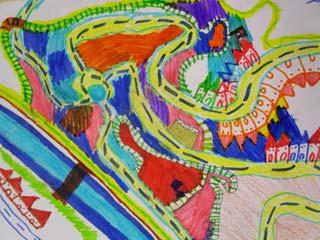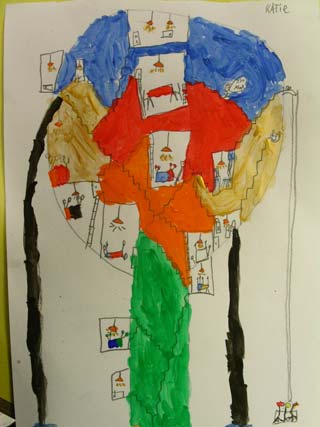January 27, 2005
jamboree

Today was the day of the jamboree : every member of the department, 90 people, each allowed one transparency and 2 minutes to describe their work.
January 24, 2005
O - MAP : childs view of the universe
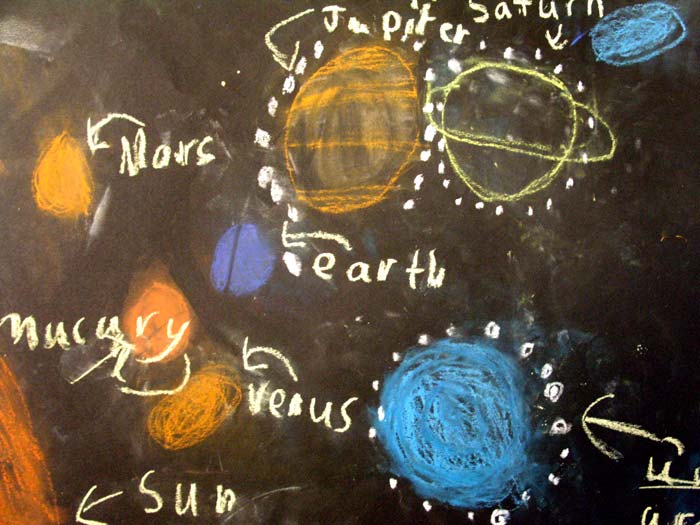
The second batch of Oxford maps have been made by a local Art Club, forty 5 - 11 year old children.
(see the 18th January 2005 & 21st October, 2004)
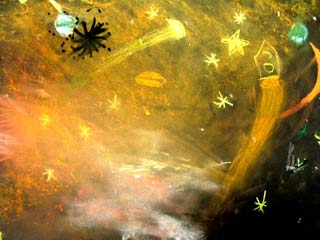
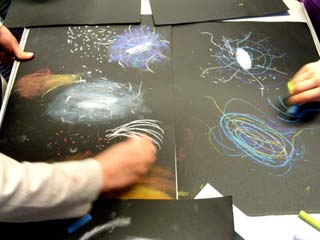
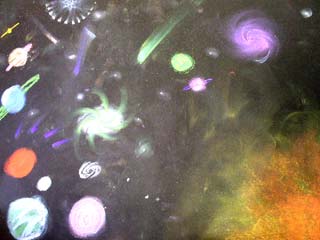
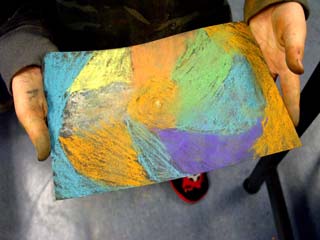
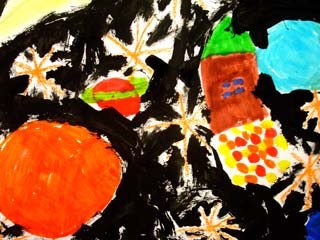
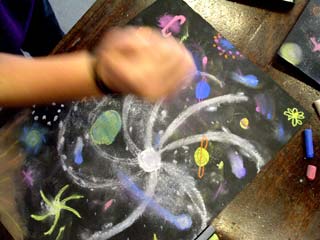

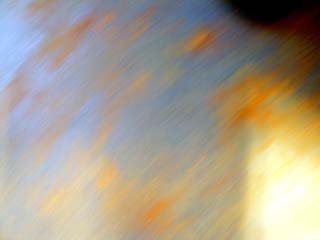
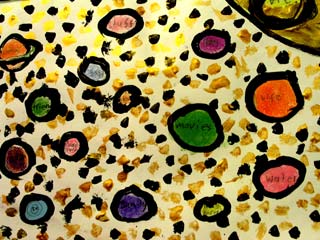
January 19, 2005
The Centre of the Universe

University Parks, Oxford, June 2005 -> "The Centre of the Universe" . . .
The physical form of “The Centre of the Universe” is a spiral tower supporting a radio dish. It is both a sculptural object set in the landscape and a working radio telescope, tuned to 1420 Mhz, the emission frequency of neutral hydrogen.
The tower, in the region of 40 feet high, draws connections between the Tower of Babel, Konstantin Tsiolkovsky’s space elevator and Vladimir Tatlin’s monument to the Third International, a line through history seeking to reach into the cosmos, encompassing towers built around a spiral form.
The spiral, recurring at all scales in the physical world from the structure of galaxies down to the microscopic twist of dna, manifests itself in the telescope in the helical winding of the antenna and the tower upon which the dish sits.
Furthermore, the tower and the dish upon it represent historical extremes of astronomical observation. The Tower of Babylon was a ziggurat, towers from whose summits the path of the constellations would be charted so as to predict, among other things, the change of seasons, the time to plant crops. The dish represents the current technology for collecting information from outer space lying outside the optical window in the electro magnetic spectrum.
Hydrogen represents the universe at the extremes of scale. On the one hand it is the smallest and simplest atom, a proton orbited by a single electron, on the other, its radio emissions are used to chart the structure of the universe on the largest of scales.
1420 Mhz is also the frequency monitored by SETI – a group dedicated to trying to detect extra terrestrial intelligence.
The work takes its title from my understanding that regardless as to whether the universe is finite or infinite it has no central point and therefore all points have an equal claim to such a position. Thus the universe is seen as a decentralized network of points
Taken together with the notion that all human beings may claim to be the centre of the universe, in that each and everyone perceives the universe as existing around them, the title seeks to add a dimension to the work at its particular location, its individual central point.
Observation is central to human interaction and to the construction of reality. As an observatory the work relates to the ways in which developing observational technologies (optical and radio) and theories of time and space, in the context of astronomical observation, play their part along with socio economic conditions in changing these constructions. Furthermore observation is as integral to the practice of the artist as it is to the astrophysicist. I’m interested in the ways in which artist and scientist, far from being practitioners in mutually exclusive disciplines, observe different dimensions of a common ground, where a complete description of physical phenomena needs to encompass both their fundamental physical laws and a more subjective exploration of it with in a wider network of relationships.
The tower and the dish establish a connection between its location on earth and the universe at large, a wiring together, the tower reaching upwards to the stars, while the dish waits passively to receive photons emitted up to 15 billion years ago, to be detected by a blip on a computer screen, a burst of noise from a speaker.
January 18, 2005
O - MAP : childs view of Oxford

The first batch of Oxford maps have been made by a local Art Club, forty 5 - 11 year old children. Next week the universe . . .
(see the 21st October, 2004)
